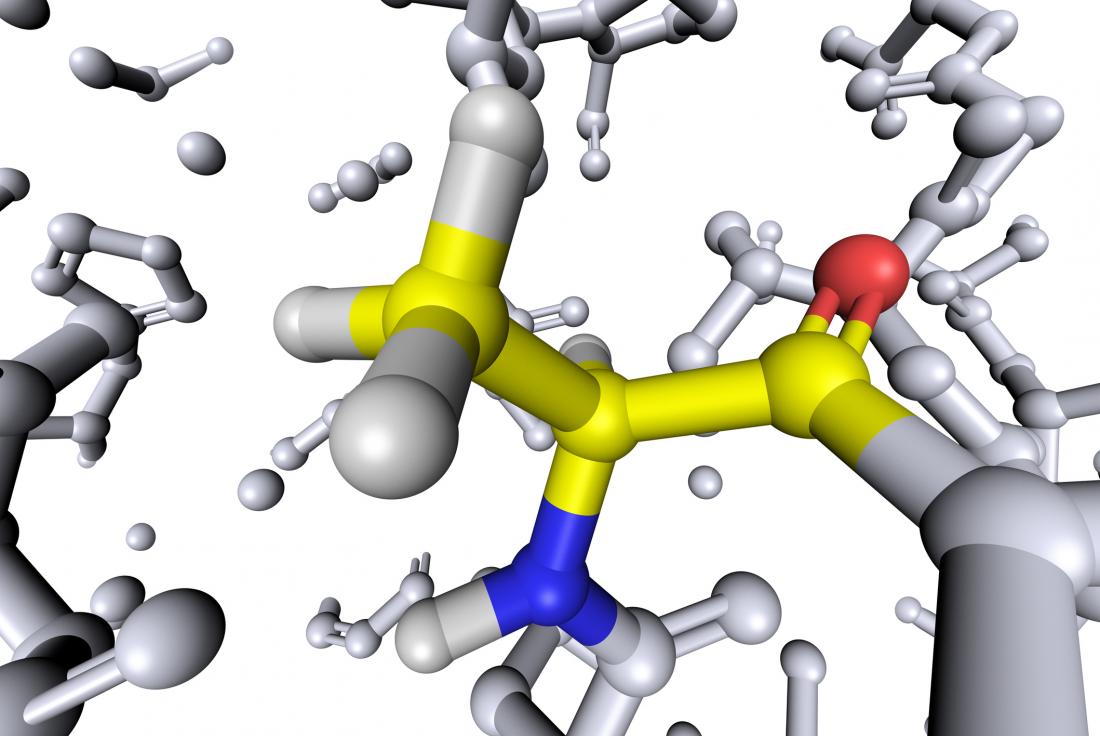Could this amino acid improve glucose control in diabetes?

The discovery of a previously unknown effect of the amino acid alanine on cell metabolism could lead to new drugs for short-term control of blood glucose.
Amino acids are small building block molecules that the body uses to make proteins. Alanine is classed as a nonessential amino acid because the body can make it without having to source it from food.
Scientists at the Joslin Diabetes Center and Harvard Medical School, both in Boston, MA, have now uncovered a new and unique role for alanine by studying it in laboratory cells and mice.
It appears that the amino acid activates an enzyme called AMP kinase (AMPK) that increases energy production in cells. This results in a short-term reduction in blood glucose that does not involve insulin.
A study paper about the findings now features in the journal Molecular Metabolism.
"AMPK," says senior study author Dr. Mary-Elizabeth Patti, who is an associate professor of medicine at Harvard Medical School and an investigator at the Joslin Diabetes Center, "is an enzyme in cells throughout the body that is activated when nutrient supplies are low, or in response to exercise."
AMPK and metabolism
It is possible that the discovery about alanine's effect on AMPK could eventually lead to a pill that a person can swallow before a meal to exert a temporary effect on glucose metabolism.
"However, this is early-stage research, and we need to test the concept both in mice and ultimately in humans," Dr. Patti adds.
Scientists already knew that AMPK helps regulate metabolism at the cell, tissue, and systemic level in response to nutrient levels.
AMPK achieves this in several ways. In cells, for instance, when it receives the trigger signal, it switches on genes that ramp up energy production.
"AMPK is a good thing," Dr. Patti explains, "and it also can be activated by a variety of treatments for type 2 diabetes, such as metformin."
Type 2 diabetes develops from insulin resistance, a condition in which the body does not respond properly to insulin, the hormone that helps cells absorb and use blood sugar, or glucose.
Around 90–95 percent of the 30 million people in the United States with diabetes have type 2. Although type 2 diabetes typically occurs after the age of 45, it is becoming increasingly common in younger adults and children.
